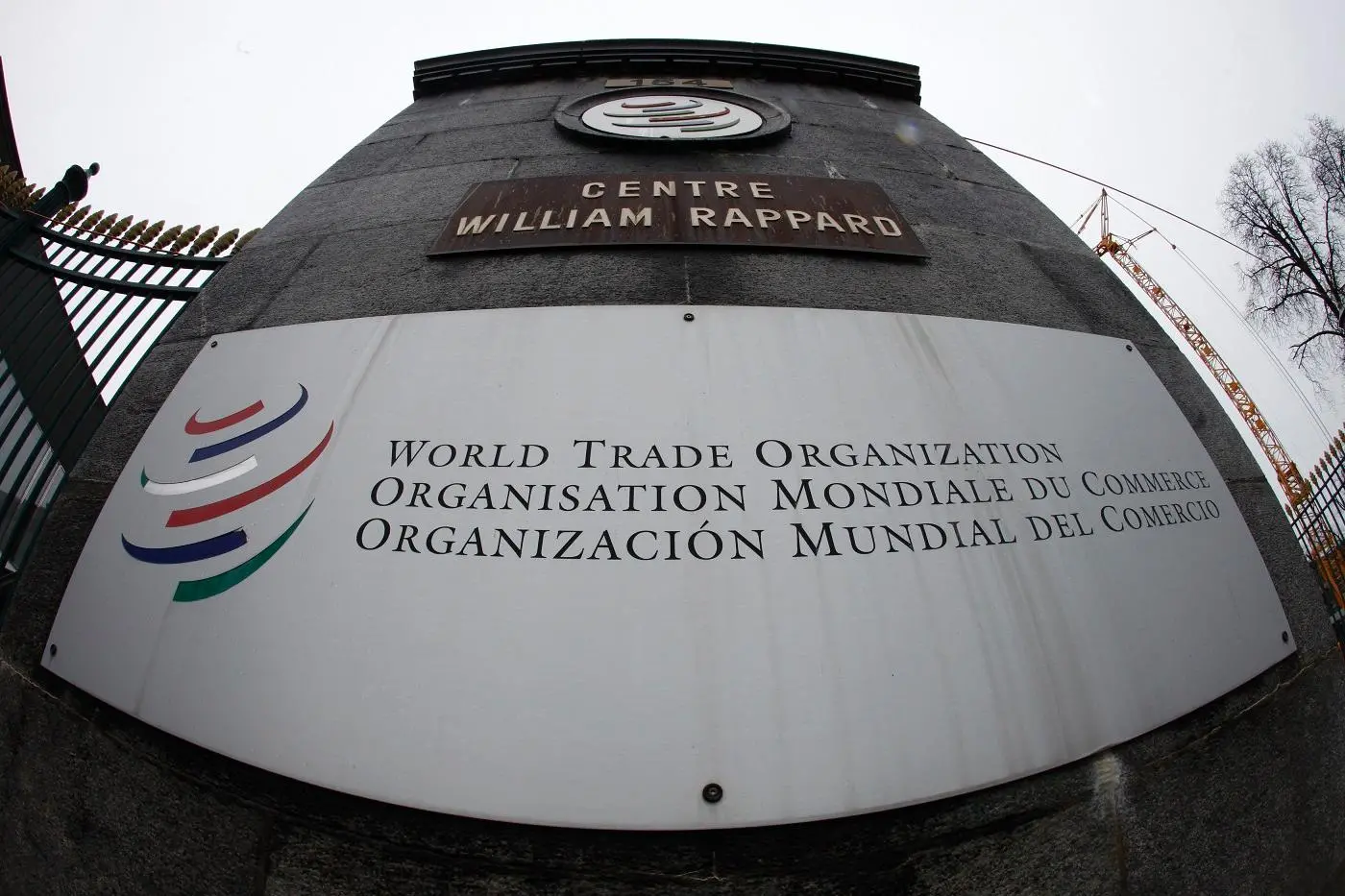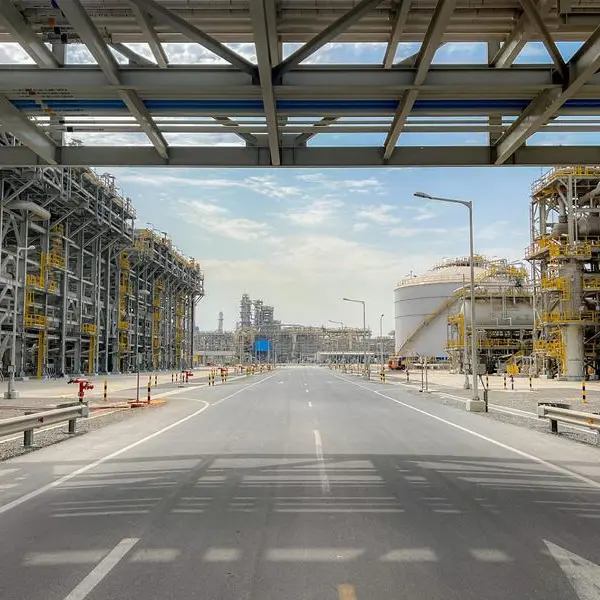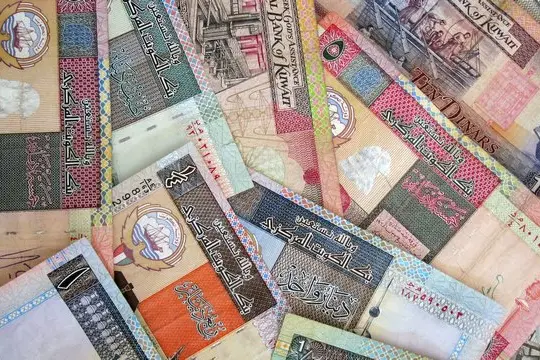PHOTO
The World Trade Organization WTO logo is seen at the entrance of the WTO headquarters in Geneva April 9, 2013.
The volume of world merchandise trade fell 0.8% in the third quarter of 2021 after four consecutive quarters of strong expansion, as supply chain disruptions, shortages of production inputs and rising Covid-19 cases weighed on trade growth, said the World Trade Organization (WTO) in a new report.
Despite strong headwinds contributing to the decline in the third quarter, trade volume was still up 11.9% for the year-to-date through September. This is slightly worse than the WTO's most recent trade forecast of 4 October, which anticipated a 12.7% rise over the same period. The forecast of a 10.8% increase in merchandise trade for the whole of 2021 could still be realized if fourth quarter data show a pickup in volume growth. This is a real possibility since measures to unblock container ports on the west coast of the US have met with some success.
Also, even though the WTO's Goods Trade Barometer has signalled a cooling of trade growth in the closing months of 2021, it still remains on trend. Nevertheless, the emergence of the Omicron variant of SARS-CoV-2 appears to have tipped the balance of risks towards the downside, increasing the chance of a more negative outcome.
In contrast to volume, the value of world merchandise trade continued to climb in the third quarter as export and import prices rose sharply. World trade as measured by the average of exports and imports was up 24% year-on-year in the third quarter in nominal US dollar terms. This growth is weaker than the 46% jump in the second quarter but stronger than the 15% increase in the first quarter.
Trade values were boosted by primary commodities including fuels, prices of which more than doubled between the third quarter of 2020 and the third quarter of 2021. According to IMF statistics, Fuel prices dipped in November after peaking in October, but they were still up 137% year-on-year. Meanwhile, food prices were up 23% and base metals were up 13% over the previous year. Prices of many manufactured goods have also risen, pushing up measured inflation in many economies.
The main reason for the dip in merchandise trade volume in the third quarter was weaker than forecasted imports in North America and Europe. This translated into reduced exports from those regions and also from Asia. Asian imports contracted in the third quarter, but this decline was anticipated in the October trade forecast.
Seasonally-adjusted exports were down quarter-on-quarter in the third quarter in North America (?1.9%), South and Central America (?2.5%), Europe (?1.0%), Africa (?3.8%) and Asia (?1.2). Exports were up in the Commonwealth of Independent States (CIS) including certain former and associate members (3.8%) and in the Middle East (2.6%).
Imports declined by 0.5% in Europe in the third quarter, even though they had been expected to grow 2.6%. Imports also fell in the third quarter in the CIS (?3.2%), Africa (?0.7%), and Asia (-1.3%). North America's imports were up 0.4% in the third quarter, but a stronger increase of 1.5% had been anticipated. Meanwhile, shipments from South America and the Middle East were up 0.4% and 1.6%.
Copyright 2021 Al Hilal Publishing and Marketing Group Provided by SyndiGate Media Inc. (Syndigate.info).





















